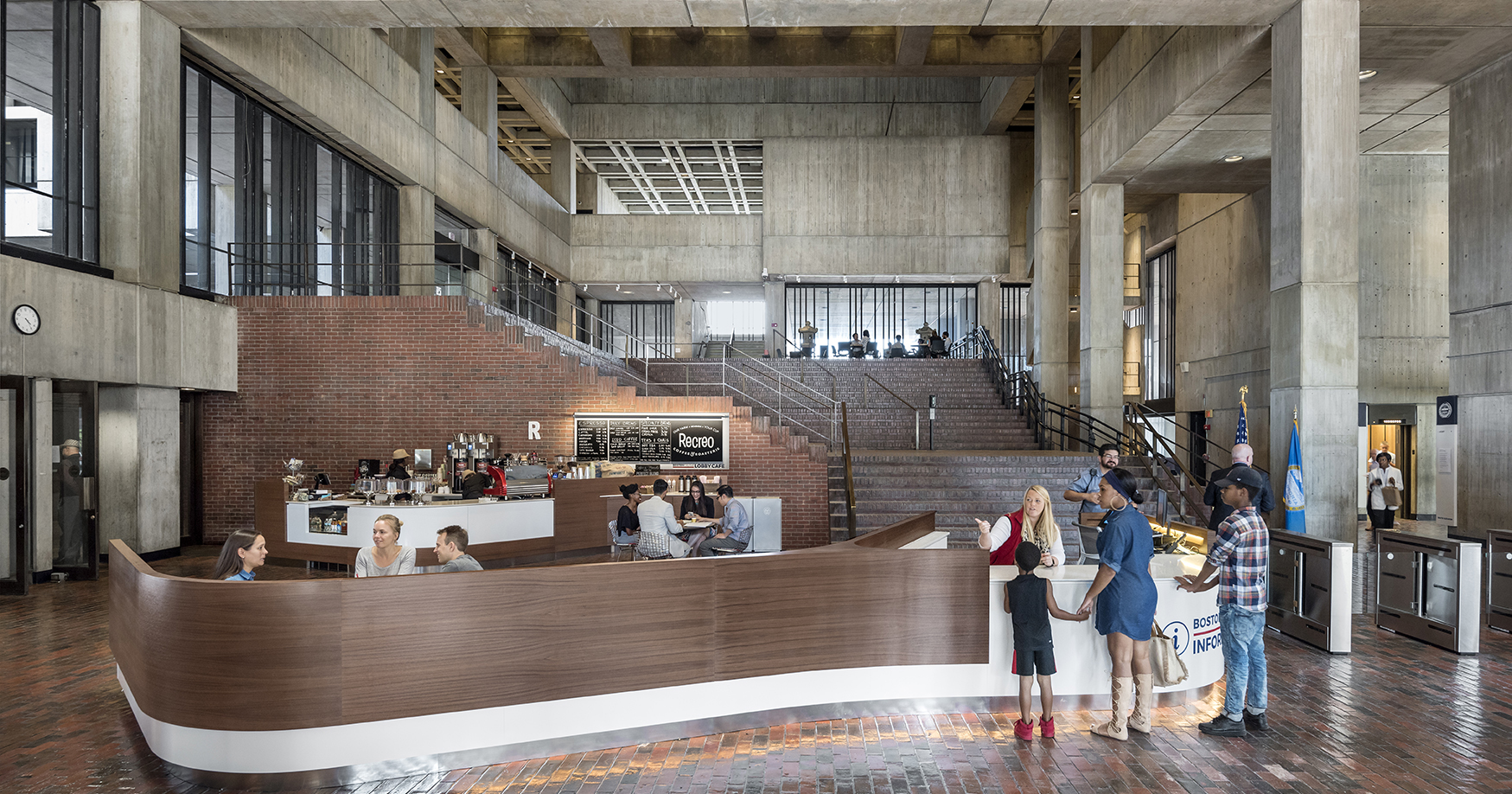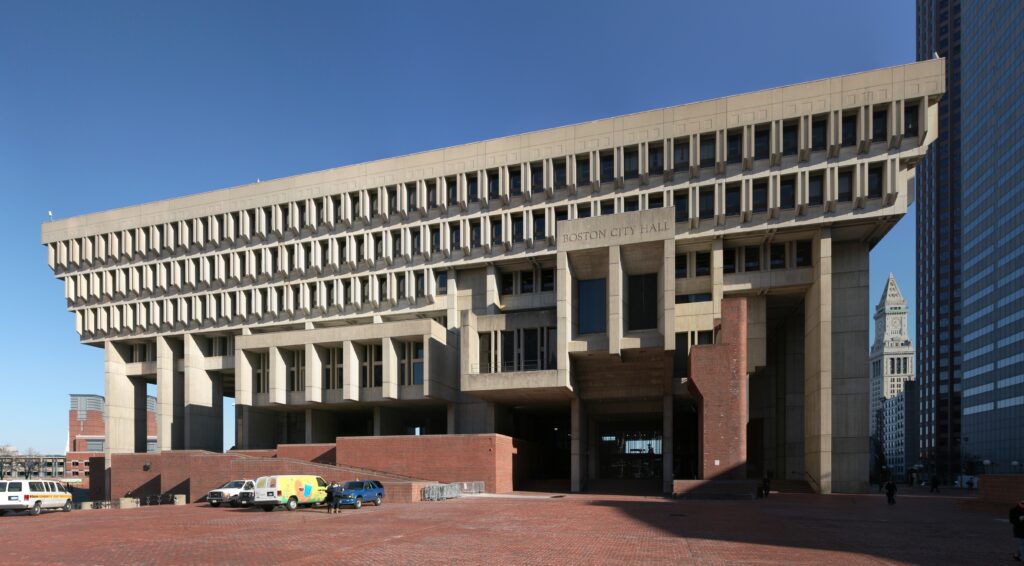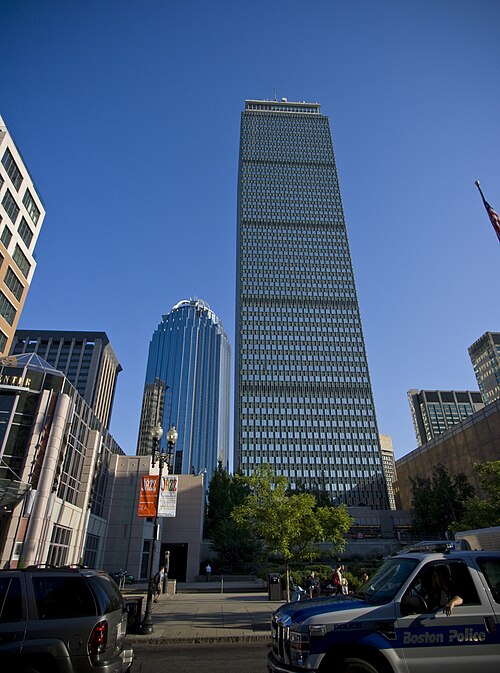No More Divas: Robert Campbell’s Architecture Lessons for Today

The winners of the 13th Architizer A+Awards have been announced! Looking ahead to next season? Stay up to date by subscribing to our A+Awards Newsletter.
There is a quote I always come back to from the philosopher GWF Hegel: “The owl of Minerva flies at dusk.” Hegel meant that the meaning of any given historical event or epoch is only comprehensible in retrospect. The Frankfurt School critic Walter Benjamin, writing a century after Hegel under the shadow of World War II, developed his own version of this avian symbol based on a painting by Paul Klee: “The angel of history.” In his essay Theses on the Philosophy of History, Benjamin imagines a birdlike angel gazing at the past with his back turned to the future he is being “blown” toward. “Where we perceive a chain of events,” Benjamin writes, “he sees one single catastrophe which keeps piling wreckage and hurls it in front of his feet.”
For Benjamin’s angel of history, the progress that occurs under capitalism is dialectical. It involves destruction, not only of human communities but also of the built and natural environments. Taken by itself, it can’t really be called “progress” at all. And yet the angel hopes that this “piling wreckage” might paradoxically be creating the conditions for real progress — a kind of progress that would also be a redemption of the past, a restoration of what has been lost that was not appreciated at the time.
In any case, something of this point of view was shared by the American architecture critic Robert Campbell, who passed away this April at the age of 88. He was deeply critical of the “urban renewal” programs that transformed cities throughout the United States in the postwar era, including his beloved Boston. In the name of progress, “slum clearance” programs decimated urban neighborhoods, creating new spaces that were not just uglier but less functional than what came before, as Jane Jacobs memorably explained in her classic 1961 book “The Death and Life of Great American Cities.” Hegel would point out, however, that this catastrophic failure paradoxically allowed the historic preservation movement to emerge. Before Jacobs came along to point out the failures of modern city planning, few people thought of dense, unplanned neighborhoods like Boston’s North End as anything other than a mess.
Following in the lineage of Jane Jacobs, Campbell used his column space at the Boston Globe to advocate for building practices that would, in Benjamin’s words, “make whole what has been smashed.” From 1973 until 2017, Campbell documented the new buildings and developments that were re-shaping Boston, including the notorious “Big Dig” that lasted over 15 years and created a new central artery through the city. Alex Krieger, a professor emeritus of urban planning at the Harvard Graduate School of Design, said in an interview with the New York Times that Campbell’s mission was to “make sure that Boston recovered properly. Not that he would put it that way.”
I didn’t know much about Robert Campbell until I read his obituary in the New York Times this past week. But since then, I have been obsessed with reading his work, especially the Cityscapes columns that he produced between 1982 and 2005 alongside the photographer Peter Vanderwarker. For this column, Vanderwarker would choose an archival photo of a Boston neighborhood and then photograph that same site in the present. Campbell would then write a short impressionistic essay about the changes. He never sent the essay to Vanderwarker for review; the latter only saw what his collaborator had to say when he read it in the paper. These columns were collected in a brilliant book, “Cityscapes of Boston: An American City Through Time,” published in 1992. The collage format here, which relies so much on juxtaposition, reminds me once again of Walter Benjamin and his Arcades Project. Like Benjamin — and the angel of history — Campbell was nostalgic but not reactionary.

In the 1970s, when Campbell began his career, there was a push for preservation. This followed decades of “urban renewal” and “slum clearance” that levelled historic buildings and neighborhoods. Image: the historic Dorchester Heights neighborhood of Boston. JJameslwoodward, Dorchester Heights Historic District South Boston MA 02, CC BY-SA 3.0
“He shaped the way a whole generation of architects looked at the city,” Mr. Vanderwarker said. “He was very much out of the Jane Jacobs mold. He loved streets. He didn’t see buildings so much as objects, but as set pieces. He once described them as seniors in a class photo, all jostling each other.”
Campbell’s memorable personification of buildings as restless teenagers is a good example of his folksy writing style and popular appeal. What mattered to him were everyday people and the spaces they lived in. Despite his critique of modernist urban renewal, he was not a classicist. “He was not pining for the golden age of Classical architecture,” Krieger explained. “He was just as critical of people who were trying to mimic history as he was of the modernists who seemed ignorant of the longstanding attributes of urban places.”
Campbell himself put his philosophy of architecture criticism best, emphasizing how a building’s meaning is wholly determined by its environment and social function. “Architecture is the art of making places, not primarily an art of making things,” he wrote in an early column. “It’s the art of using buildings and landscape to shape space. A place can be your bedroom or your street or your neighborhood, a garden or a park or a city. It can be any space that human beings have created for habitation. The best city is the one with the most livable places.” In a later column he reiterated the theme: “Good urban design is based on the essential truth that cities are made of streets, not of isolated buildings surrounded by empty air.”

Many readers were surprised that Campbell approved of Boston City Hall. Daniel Schwen, Boston city hall, CC BY-SA 4.0
Campbell’s populism drew him to some surprising conclusions. He was actually a defender of Boston’s most notorious modernist building, the fortresslike City Hall. “Even if you’re in the majority who think City Hall in its present form is ugly, here’s a thought: Ugly people can be great. So can ugly buildings,” he wrote in 2008. “City Hall is powerful and memorable, with the rugged majesty of a fortress, or, closer to home, with the muscular grandeur of the famous generation of ‘Boston Granite Style’ commercial buildings of the late 19th century.”
He did not approve, however, of the surrounding City Hall Plaza, which he compared to an empty parking lot: “It’s always too big, too empty, too grand. There are too many things it doesn’t have enough of” such as “enormous sidewalk cafes with parasols over the tables” and “shouting street vendors selling eggplants and knishes” and “people making speeches about how the Communists are stealing our bodily fluids.” Here one sees Campbell’s affection for an earlier, messier incarnation of the city as a site of clashing voices. Something like Dickens’ London or Joyce’s Dublin.
Campbell was very critical of skyscrapers he called “Divas,” ones that fail to engage with the surrounding street. “The Diva, self-centered, ignores everything that’s around it,” he wrote, citing as an example the sleek 1960s-era Prudential Building in the Back Bay neighborhood. “It stands, or rather poses, like an opera star on an empty stage. A Diva is usually set back from the street, behind empty space in the form of a lawn or a plaza.” These manufactured plazas, he noted, are rarely used, causing a disruption in the urban fabric. Much better than a Diva, Campbell argued, was a “Dagwood,” a tall building that at street level looks like its shorter neighbors. Only by looking up can one see that many stories are stacked on top of one another like an overstuffed deli sandwich.

The Prudential Building in Back Bay was criticized by Campbell for being a “diva.” Daniel Powell, Boston, Massachusetts – Prudential Building and Boston cop, CC BY 2.0
When Campbell looked around Boston, he did not just see buildings. He saw ghosts — both of the city that once was and the city that was in the process of becoming. This was the secret of his engaging literary style. And it is also why his Globe columns appealed to people with little interest in architecture. While Campbell was a practicing architect, he never used jargon or spoke about architecture as something rarefied and separate from life. Indeed, such were the habits of the bureacratic modernists he opposed. Lifeless writing — like lifeless urban planning — was his abiding enemy.
The winners of the 13th Architizer A+Awards have been announced! Looking ahead to next season? Stay up to date by subscribing to our A+Awards Newsletter.
Top image: Boston City Hall Public Spaces Renovation by Utile, Inc., Boston, Massachusetts
The post No More Divas: Robert Campbell’s Architecture Lessons for Today appeared first on Journal.




















































